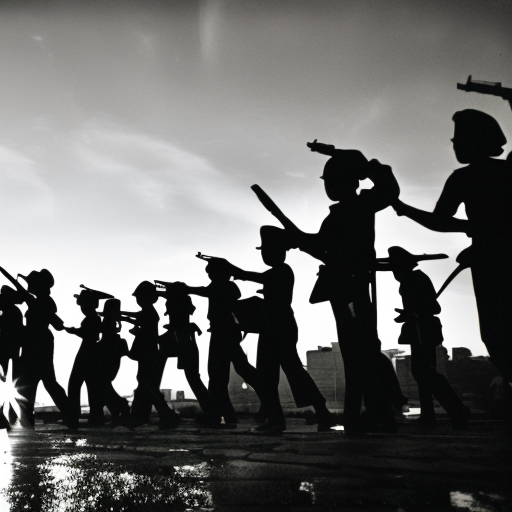Summary:
The Philippine Revolution was a series of uprisings and conflicts that took place from 1896 to 1898, ultimately leading to the declaration of Philippine independence from Spanish colonial rule. The revolution was sparked by a combination of factors, including the oppressive Spanish rule, the influence of nationalist movements, and the desire for self-governance among the Filipino people. Led by figures such as Andres Bonifacio and Emilio Aguinaldo, the revolution saw the formation of a revolutionary government and the establishment of a national army. Despite initial victories, the revolution faced challenges, including internal divisions and the intervention of the United States. However, the revolution laid the foundation for future struggles for independence and played a crucial role in shaping the history of the Philippines.
Background:
The Philippines had been under Spanish colonial rule for over three centuries before the revolution. The Spanish rule was characterized by exploitation, forced labor, and limited political rights for the Filipino people. The ideas of nationalism and self-determination began to spread among the educated Filipino elite, who sought to challenge Spanish authority and establish an independent nation.
Uprising and Formation of the Katipunan:
In 1896, the Katipunan, a secret society dedicated to the overthrow of Spanish rule, was founded by Andres Bonifacio. The society quickly gained support and membership from various sectors of society, including peasants, workers, and intellectuals. The Katipunan organized an armed uprising against the Spanish colonial government, marking the beginning of the Philippine Revolution.
Declaration of Independence:
The revolution gained momentum, and in 1898, Emilio Aguinaldo, a prominent leader of the revolution, declared the independence of the Philippines from Spanish rule. The declaration was made in Kawit, Cavite, and marked a significant turning point in the revolution.
Challenges and Intervention:
Despite early successes, the revolution faced challenges. Internal divisions within the revolutionary movement, particularly between Bonifacio and Aguinaldo, weakened the revolution’s unity. Additionally, the intervention of the United States complicated the situation. The Spanish-American War broke out in 1898, and the United States, seeking to expand its influence in the Pacific, entered the conflict. The United States supported the Filipino revolutionaries initially, but later turned against them, leading to the Philippine-American War.
Legacy and Impact:
The Philippine Revolution had a profound impact on the history of the Philippines. It paved the way for the establishment of the First Philippine Republic, the first independent government in Asia. The revolution also inspired future generations of Filipinos to fight for independence and self-determination. Despite the challenges and setbacks faced during the revolution, it remains a symbol of the Filipino people’s resilience and determination to be free from colonial rule.
Conclusion:
The Philippine Revolution was a significant event in the country’s history, marking the beginning of the struggle for independence from Spanish colonial rule. The revolution was driven by a desire for self-governance and the oppressive conditions under Spanish rule. Despite challenges and external intervention, the revolution laid the foundation for future movements and played a crucial role in shaping the Philippines as an independent nation.












